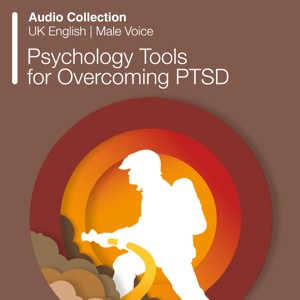How Trauma Can Affect You (CYP)
Download or send
Related resources
Tags
Languages this resource is available in
Problems this resource might be used to address
Techniques associated with this resource
Mechanisms associated with this resource
Introduction & Theoretical Background
Trauma can result in a wide variety of symptoms, experiences, and behaviors. As well as post-traumatic stress disorder (PTSD), prevalence rates of other conditions such as panic disorder, social anxiety disorder, and depression are all elevated amongst trauma-exposed individuals. Symptoms post-trauma can be powerful both physically and emotionally, and when the individual does not understand why they are occurring, they can feel especially disturbing. An important intervention is to help children and adolescents to understand that they are experiencing normal reactions to powerful events.
How Trauma Can Affect You is an illustrated information handout designed for children and young people. Clinicians may find it helpful during assessment and psychoeducation phases of treatment. It can be used to help clients to explore their symptoms & experiences, and is particularly helpful for working with clients who are struggling to describe their experiences. It can also be used to help
Therapist Guidance
“Difficult experiences like the trauma you have experienced can affect people in lots of different ways. This handout describes some of the most common experiences that people have after a trauma. I wonder if some might sound familiar to you. Would you be willing to look at it with me?”
“These are all normal reactions to difficult or stressful events. I wonder if you have ever experienced any of these?”
References And Further Reading
- American Psychiatric Association, DSM-5 Task Force. (2013). Diagnostic and statistical manual of mental disorders: DSM-5™ (5th ed.). American Psychiatric Publishing, Inc.










